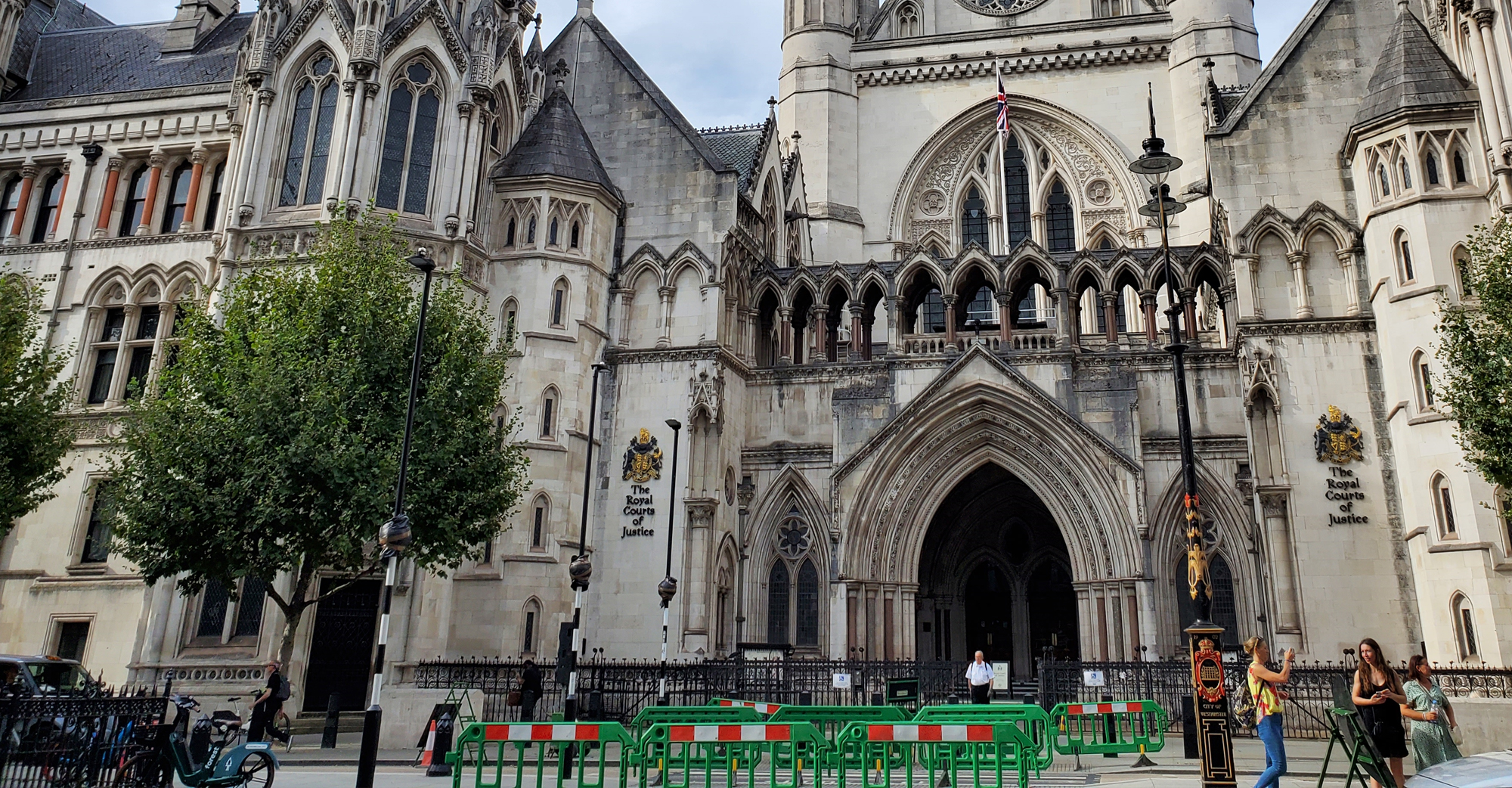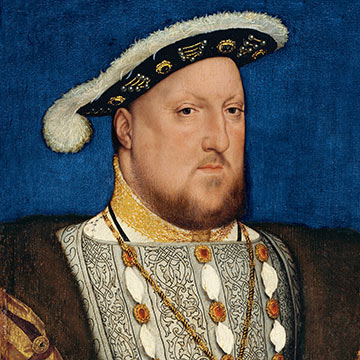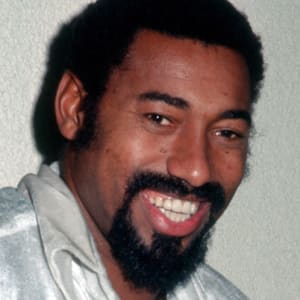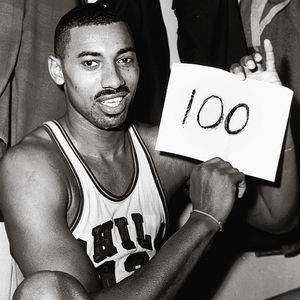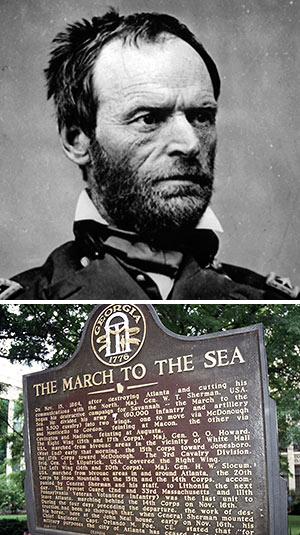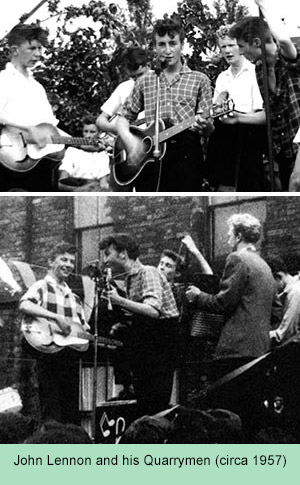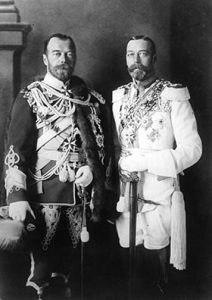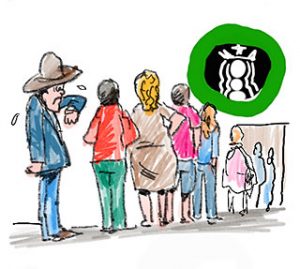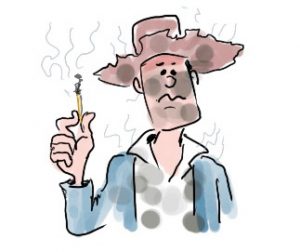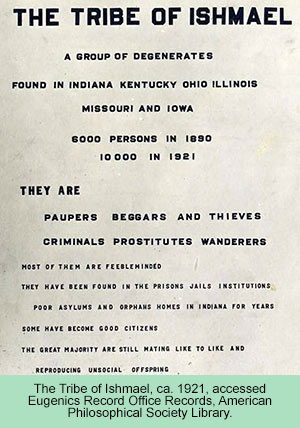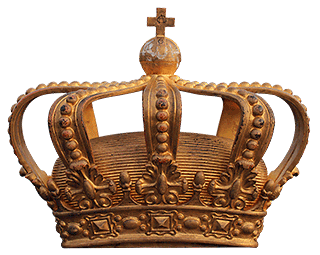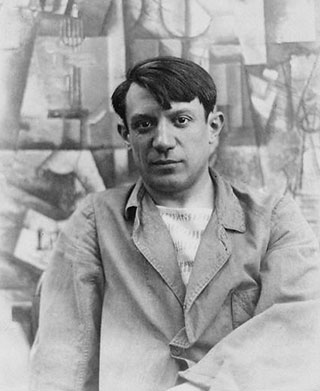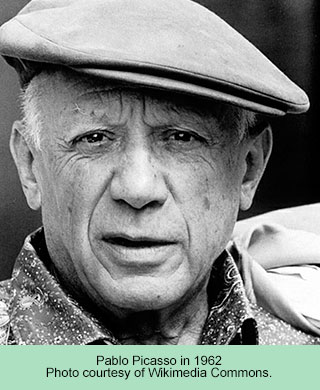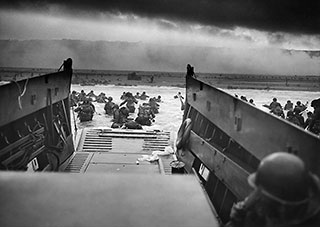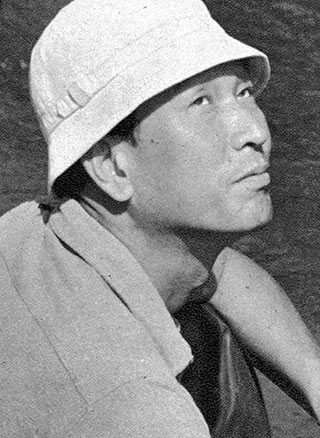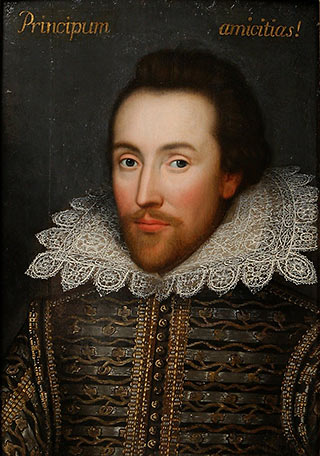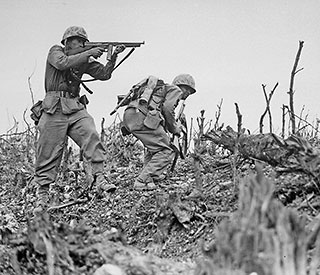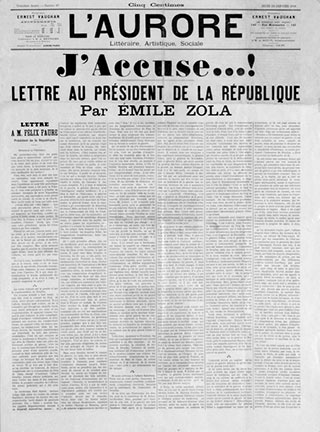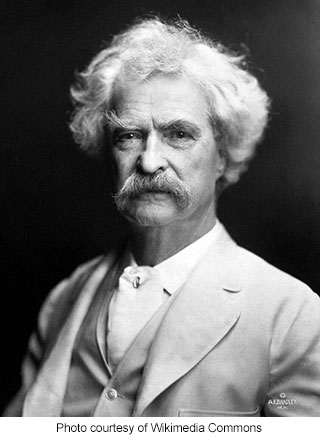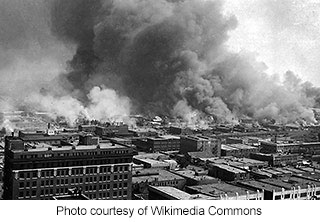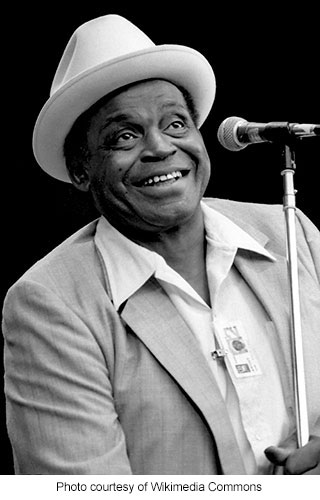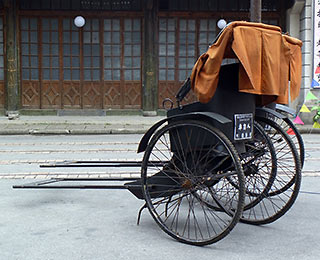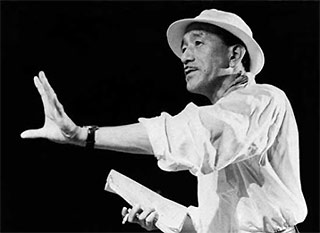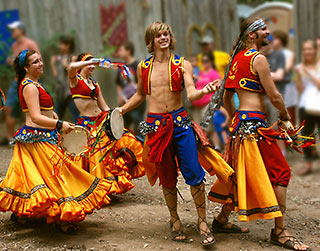Where did the expression Bully Pulpit stem from? Henry VIII is best known for his array of six wives. Name the woman who he didn’t marry. These and more are in our latest travel trivia game.
Global Trivia 34
Start
Congratulations!
You have completed Global Trivia 34.

You scored %%SCORE%% out of a possible 5 points.
Your performance was: %%RATING%%
Your answers are highlighted below.
Question 1 |
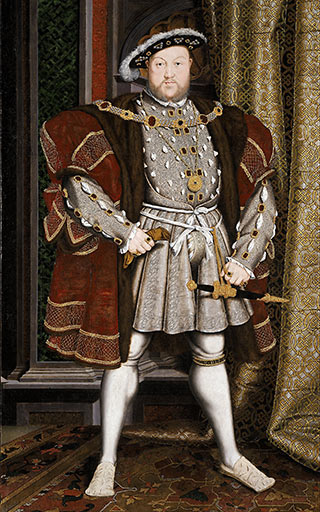
For many, Henry VIII is best known for his array of six wives. Name the woman who he didn’t marry.
A | Anne Boleyn |
B | Catherine of Aragon |
C | Catherine Howard |
D | Jane Seymour |
E | Mary I |
Question 1 :
Answer: E. Mary I
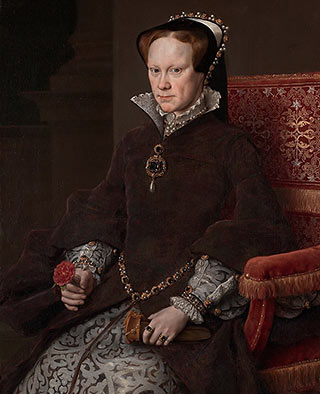
Mary I (1516 –1558), also known as Mary Tudor and Bloody Mary, was the only child of Henry VIII by his first wife, Catherine of Aragon, to survive to adulthood. She was the queen of England and Ireland July 1553 until her death. She is best known for her vigorous attempt to reverse the English Reformation, which had begun during the reign of her father Henry VIII. Her attempt to restore to the Church the property confiscated in the previous two reigns was largely thwarted by parliament, but during her five-year reign, Mary had over 280 religious dissenters burned at the stake, which led to her denunciation as "Bloody Mary" by her Protestant opponents. After Mary's death, her re-establishment of Roman Catholicism was reversed by her younger half-sister and successor, Elizabeth I.
Henry’s Six Wives Club
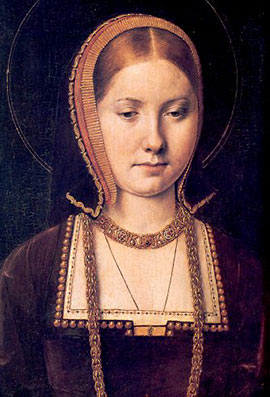
1. Catherine of Aragon (1485-1536): Demoted for Bearing No Son
Henry took the throne in 1509, at age 17. Six weeks later, he married Catherine of Aragon, daughter of King Ferdinand and Queen Isabella of Spain, and the widow of his elder brother, Arthur Tudor (1486 –1502). As the eldest son and heir apparent of Henry VII of England, Arthur Tudor died young. It was a custom in the Tudor Court for the younger brother to marry the wife of an older brother. From the moment young Henry took his nuptials, he obsessed over continuing the Tudor line. Of multiple pregnancies and several births, the only child to survive was Henry and Catherine’s daughter, Mary.
Read More about Henry VIII's 6 wives

Mary I (1516 –1558), also known as Mary Tudor and Bloody Mary, was the only child of Henry VIII by his first wife, Catherine of Aragon, to survive to adulthood. She was the queen of England and Ireland July 1553 until her death. She is best known for her vigorous attempt to reverse the English Reformation, which had begun during the reign of her father Henry VIII. Her attempt to restore to the Church the property confiscated in the previous two reigns was largely thwarted by parliament, but during her five-year reign, Mary had over 280 religious dissenters burned at the stake, which led to her denunciation as "Bloody Mary" by her Protestant opponents. After Mary's death, her re-establishment of Roman Catholicism was reversed by her younger half-sister and successor, Elizabeth I.
Henry’s Six Wives Club

1. Catherine of Aragon (1485-1536): Demoted for Bearing No Son
Henry took the throne in 1509, at age 17. Six weeks later, he married Catherine of Aragon, daughter of King Ferdinand and Queen Isabella of Spain, and the widow of his elder brother, Arthur Tudor (1486 –1502). As the eldest son and heir apparent of Henry VII of England, Arthur Tudor died young. It was a custom in the Tudor Court for the younger brother to marry the wife of an older brother. From the moment young Henry took his nuptials, he obsessed over continuing the Tudor line. Of multiple pregnancies and several births, the only child to survive was Henry and Catherine’s daughter, Mary.
Read More about Henry VIII's 6 wives
Question 2 |
What does the expression ‘bully pulpit’ mean?
A | An Anglicization of the Spanish term: el apacentadero púlpito (wild bulls congrégating in arena) |
B | An excellent platform to speak |
C | Browbeating a person in an argument |
D | The habitual practice of maliciously teasing or causing harm to a someone whom you consider your inferior |
E | Taken from name Bully ‘Moose’ Roskamp, originator of the Bully Moose Party platform or pulpit |
Question 2 :
Answer: B. An excellent platform to speak
A bully pulpit is a conspicuous position that provides an opportunity to speak out and be listened to. This term was coined by United States President Theodore Roosevelt, who referred to his office as a "bully pulpit," by which he meant a terrific platform from which to advocate an agenda.
For Roosevelt, bully was an adjective meaning "excellent" or "first-rate" — not the noun bully ("a blustering, browbeating person") that's so common today.
A bully pulpit is a conspicuous position that provides an opportunity to speak out and be listened to. This term was coined by United States President Theodore Roosevelt, who referred to his office as a "bully pulpit," by which he meant a terrific platform from which to advocate an agenda.
For Roosevelt, bully was an adjective meaning "excellent" or "first-rate" — not the noun bully ("a blustering, browbeating person") that's so common today.
Question 3 |
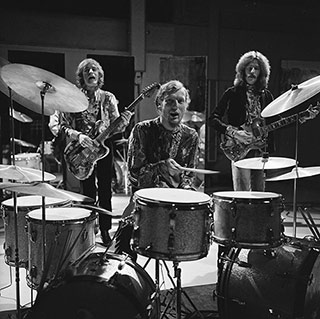
"Badge" is a song performed by the progressive rock group Cream, included as a track on Cream's final album, Goodbye. The credits list the song as written by Eric Clapton and the fictitious "L'Angelo Misterioso," due to copyright issues. Who was "L'Angelo Misterioso?"
A | Randy California |
B | George Harrison |
C | Jimi Hendrix |
D | Mick Jagger |
E | Jimmy Page |
Question 3 :
Answer: B. George Harrison
“Badge” was written by Eric Clapton and George Harrison. Harrison, who is listed on the album as "L'Angelo Misterioso," also played rhythm guitar on this, since Cream had only one guitarist: Clapton.
The title has nothing to do with the song. Clapton saw Harrison's notes for this, and misread "Bridge" as "Badge." He thought this is what Harrison named the song, so they used it for the title.
The lyrics are not intended to make sense. Many of them were taken from drunken conversations Harrison had with Ringo Starr.
Cream recorded this shortly before their final shows: two sold-out performances at Royal Albert Hall in England. It was one of three studio recordings on their last album; the rest of it was filled with live cuts.
Cream had broken up by the time this was released. Clapton was already working with his new group, Blind Faith.
This is one of the few Cream songs that Eric Clapton sang lead on, as Jack Bruce usually handled vocals. Also, this is the only Cream song to include 5 people: in addition to Clapton, Bruce, Baker and Harrison, Felix Pappalardi played the piano and Mellotron. Pappalardi was the producer of 3 of Cream's 4 albums (Disreali Gears, Wheels Of Fire, and Goodbye) and contributed by playing a wide variety of instruments on those albums.
Clapton ran his guitar through a Leslie speaker cabinet to create a swirling sound. The Leslie Cabinet contained a rotating paddle and was designed for organs, but many musicians tried it with guitars. Jimmy Page used the technique on "Good Times, Bad Times."
The song titles were written on tombstones inside the album, leaving little doubt that it was their last.
Clapton had played on Harrison's album Wonderwall the previous year, and on The Beatles' "While My Guitar Gently Weeps," which was released the same month as this.
Harrison was later asked if “Badge” was about heroin. He replied, “No, it’s about a badge.”
Listen to it now
“Badge” was written by Eric Clapton and George Harrison. Harrison, who is listed on the album as "L'Angelo Misterioso," also played rhythm guitar on this, since Cream had only one guitarist: Clapton.
The title has nothing to do with the song. Clapton saw Harrison's notes for this, and misread "Bridge" as "Badge." He thought this is what Harrison named the song, so they used it for the title.
The lyrics are not intended to make sense. Many of them were taken from drunken conversations Harrison had with Ringo Starr.
Cream recorded this shortly before their final shows: two sold-out performances at Royal Albert Hall in England. It was one of three studio recordings on their last album; the rest of it was filled with live cuts.
Cream had broken up by the time this was released. Clapton was already working with his new group, Blind Faith.
This is one of the few Cream songs that Eric Clapton sang lead on, as Jack Bruce usually handled vocals. Also, this is the only Cream song to include 5 people: in addition to Clapton, Bruce, Baker and Harrison, Felix Pappalardi played the piano and Mellotron. Pappalardi was the producer of 3 of Cream's 4 albums (Disreali Gears, Wheels Of Fire, and Goodbye) and contributed by playing a wide variety of instruments on those albums.
Clapton ran his guitar through a Leslie speaker cabinet to create a swirling sound. The Leslie Cabinet contained a rotating paddle and was designed for organs, but many musicians tried it with guitars. Jimmy Page used the technique on "Good Times, Bad Times."
The song titles were written on tombstones inside the album, leaving little doubt that it was their last.
Clapton had played on Harrison's album Wonderwall the previous year, and on The Beatles' "While My Guitar Gently Weeps," which was released the same month as this.
Harrison was later asked if “Badge” was about heroin. He replied, “No, it’s about a badge.”
Listen to it now
Question 4 |

What is the most popular Girl Scout cookie?
A | Do-si-dos/Peanut Butter Sandwich |
B | Samoas/Caramel deLites |
C | Tagalongs/Peanut Butter Patties |
D | Thin Mints |
E | Trefoils/Shortbread |
Question 4 :
Answer: D. Thin Mints
Most Popular Girl Scout Cookies
Thin mint
Samoas/Caramel deLites
Tagalongs/Peanut Butter Patties
Do-si-dos/Peanut Butter Sandwich
Trefoils/Shortbread
For more than 100 years, Girl Scouts have helped ensure the success of the iconic annual cookie sale — and they’ve had fun, developed valuable life skills, and made their communities a better place every step of the way. Founded by Juliette Gordon Low in 1912, it was organized after Low met Robert Baden-Powell, the founder of Scouting, in 1911. Upon returning to Savannah, Georgia, she telephoned a distant cousin, saying, "I've got something for the girls of Savannah, and all of America, and all the world, and we're going to start it tonight!"
More on Girl Scout Cookie History
Most Popular Girl Scout Cookies
Thin mint
Samoas/Caramel deLites
Tagalongs/Peanut Butter Patties
Do-si-dos/Peanut Butter Sandwich
Trefoils/Shortbread
Girl Scout Cookie History
An icon of American cultureFor more than 100 years, Girl Scouts have helped ensure the success of the iconic annual cookie sale — and they’ve had fun, developed valuable life skills, and made their communities a better place every step of the way. Founded by Juliette Gordon Low in 1912, it was organized after Low met Robert Baden-Powell, the founder of Scouting, in 1911. Upon returning to Savannah, Georgia, she telephoned a distant cousin, saying, "I've got something for the girls of Savannah, and all of America, and all the world, and we're going to start it tonight!"
More on Girl Scout Cookie History
Question 5 |
Where did the expression "Enemy of the People" stem from?
A | Athens, Ancient Greece: Draco |
B | France: Robespierre |
C | Norway: Henrik Ibsen |
D | Roman Empire: Senate |
E | Soviet Union: Stalin |
Question 5 :
Answer: D. Roman Empire: Senate
The expression dates back to Roman times. The Senate declared emperor Nero a hostis publicus in AD 68. Its direct translation is "public enemy." Whereas "public" is currently used in English in order to describe something related to collectivity at large, with an implication towards government or the State, the Latin word "publicus" could, in addition to that meaning, also refer directly to people, making it the equivalent of the genitive of populus ("people"), populi ("popular" or "of the people"). Thus, "public enemy" and "enemy of the people" are, etymologically, near synonyms.
The term has been used for centuries in literature: Coriolanus, the play by William Shakespeare in 1605, and An Enemy of the People, the play by Henrik Ibsen in 1882.
The words "ennemi du peuple" were used extensively during the French Revolution. On December 25, 1793, French revolutionary Robespierre stated: "The revolutionary government owes to the good citizen all the protection of the nation; it owes nothing to the Enemies of the People but death.” Ironically Robespierre was later beheaded by the same revolutionary government.
The Soviet Union made extensive use of the term until 1956, notably Stalin, who used it to describe anybody critical of himself personally.
It is routinely used by authoritarian rulers, and since early 2017 it has been used on multiple occasions by US President Donald Trump to refer to news organizations and journalists who he perceives as critical of and biased against him.
Draco (Dreɪkoʊ; Greek: Δράκων, Drakōn; 7th century BC), also called Drako or Drakon, was the first recorded legislator of Athens in Ancient Greece. He replaced the prevailing system of oral law and blood feud by a written code to be enforced only by a court of law. Draco was the first democratic legislator, requested by the Athenian citizens to be a lawgiver for the city-state, but the citizens were fully unaware that Draco would establish laws characterized by their harshness. Since the 19th century, the adjective draconian (Greek: δρακόντειος drakónteios) refers to unforgiving punishment to those who have broken minor rules or laws.
The expression dates back to Roman times. The Senate declared emperor Nero a hostis publicus in AD 68. Its direct translation is "public enemy." Whereas "public" is currently used in English in order to describe something related to collectivity at large, with an implication towards government or the State, the Latin word "publicus" could, in addition to that meaning, also refer directly to people, making it the equivalent of the genitive of populus ("people"), populi ("popular" or "of the people"). Thus, "public enemy" and "enemy of the people" are, etymologically, near synonyms.
The term has been used for centuries in literature: Coriolanus, the play by William Shakespeare in 1605, and An Enemy of the People, the play by Henrik Ibsen in 1882.
The words "ennemi du peuple" were used extensively during the French Revolution. On December 25, 1793, French revolutionary Robespierre stated: "The revolutionary government owes to the good citizen all the protection of the nation; it owes nothing to the Enemies of the People but death.” Ironically Robespierre was later beheaded by the same revolutionary government.
The Soviet Union made extensive use of the term until 1956, notably Stalin, who used it to describe anybody critical of himself personally.
It is routinely used by authoritarian rulers, and since early 2017 it has been used on multiple occasions by US President Donald Trump to refer to news organizations and journalists who he perceives as critical of and biased against him.
Draco (Dreɪkoʊ; Greek: Δράκων, Drakōn; 7th century BC), also called Drako or Drakon, was the first recorded legislator of Athens in Ancient Greece. He replaced the prevailing system of oral law and blood feud by a written code to be enforced only by a court of law. Draco was the first democratic legislator, requested by the Athenian citizens to be a lawgiver for the city-state, but the citizens were fully unaware that Draco would establish laws characterized by their harshness. Since the 19th century, the adjective draconian (Greek: δρακόντειος drakónteios) refers to unforgiving punishment to those who have broken minor rules or laws.
Once you are finished, click the button below. Any items you have not completed will be marked incorrect.
Get Results
There are 5 questions to complete.
You have completed
questions
question
Your score is
Correct
Wrong
Partial-Credit
You have not finished your quiz. If you leave this page, your progress will be lost.
Correct Answer
You Selected
Not Attempted
Final Score on Quiz
Attempted Questions Correct
Attempted Questions Wrong
Questions Not Attempted
Total Questions on Quiz
Question Details
Results
Date
Score
Hint
Time allowed
minutes
seconds
Time used
Answer Choice(s) Selected
Question Text
All done
Deplorable! You need to travel more! This is pathetic!
Deplorable! You need to travel more! This is pathetic!
Embarrassing! Keep trying! We know you're better than that. Play the game again.
Not that bad! But not good either. Play the game again.
Pretty good ... but not perfect.
Perfect! Are you brilliant traveler or what?
